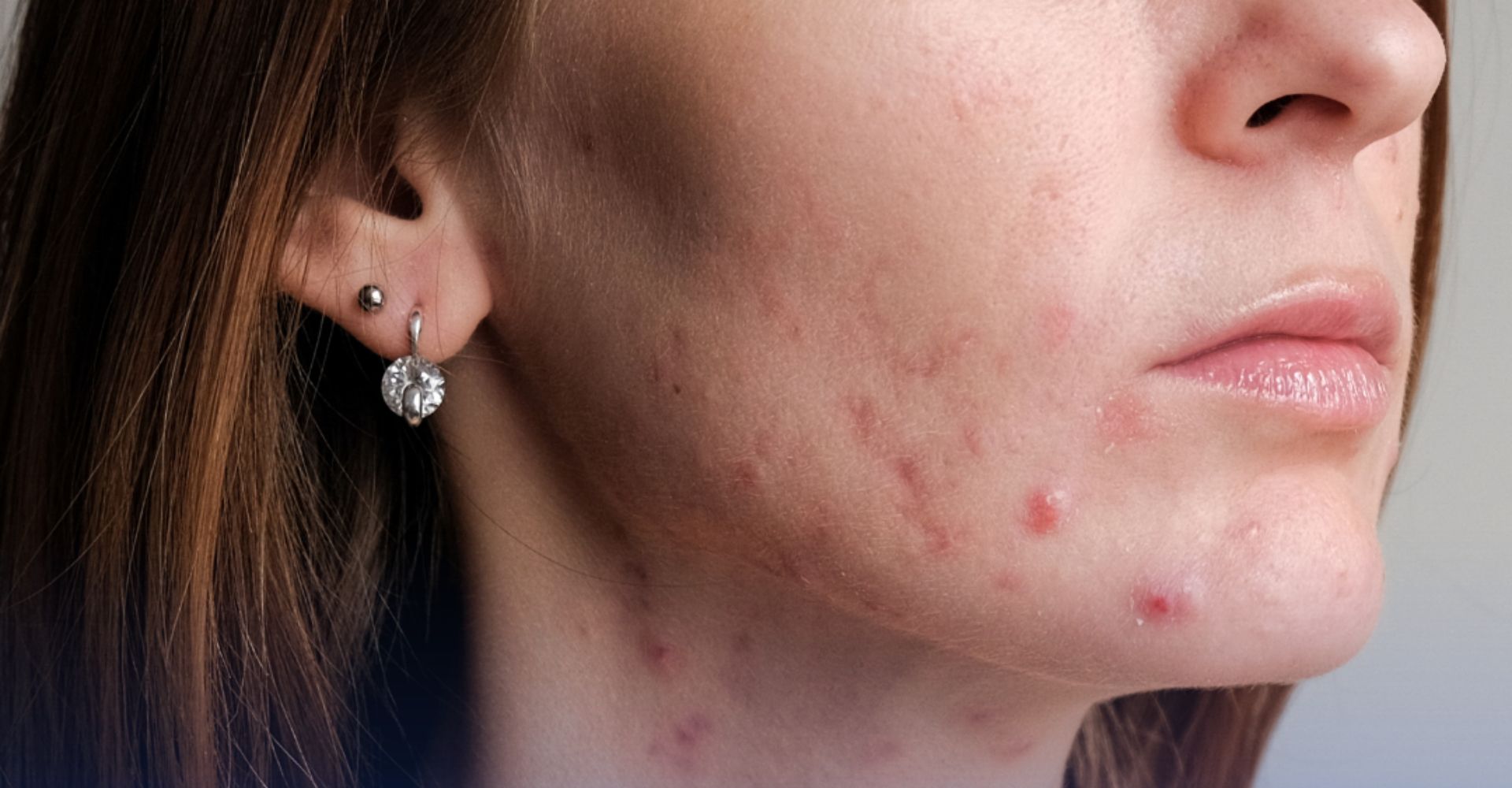Unused to more than one or two pimples at a time, I got my first big acne breakout at 19. Two years later, it still hasn’t fully gone away.
Acne isn’t just an affliction faced by 14 year olds anxiously starting high school. Between 20 and 30% of Canadians aged 20 to 40 have adult acne, according to the Canadian Dermatology Association (CDA).
With the added skin agitator of makeup to cover up the blemishes, it’s not surprising that three quarters of Canadians with adult acne are women.
I’ve tried to fix my acne on my own with dozens of over-the-counter acne remedies. Many just ended up drying out my skin, breaking down my moisture barrier, or left me with more painful pimples than before.
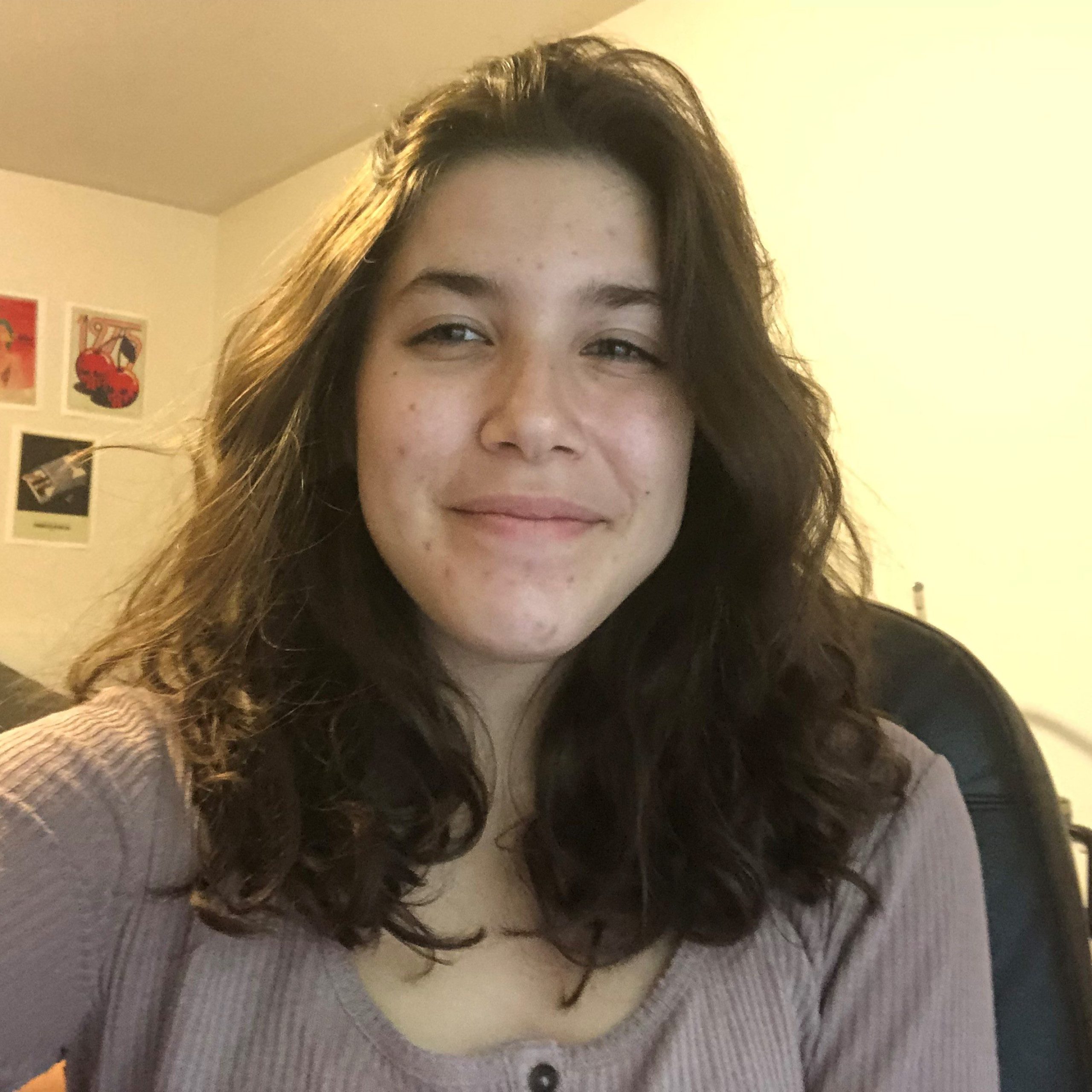
At The Health Insider, we have compiled resources to help understand what’s known about adult acne and offer guidance on effective treatment methods, empowering you to embark on a transformative skin journey.

Types of Adult Acne
The Acne and Rosacea Society of Canada (ARSC) lists two classifications of acne seen in adults: Persistent Acne and Late Onset Acne.
Persistent acne first appears in adolescence and simply will not clear up. This was my experience. Maybe, like me, you’ve had days (even a week!) of clearish skin, but the pimples always return quickly.
Late Onset acne appears in adulthood, which is less common. Although you’ve likely kept to the same skin routine since high school, just with slightly more expensive products, your skin seems to have turned on you out of nowhere.
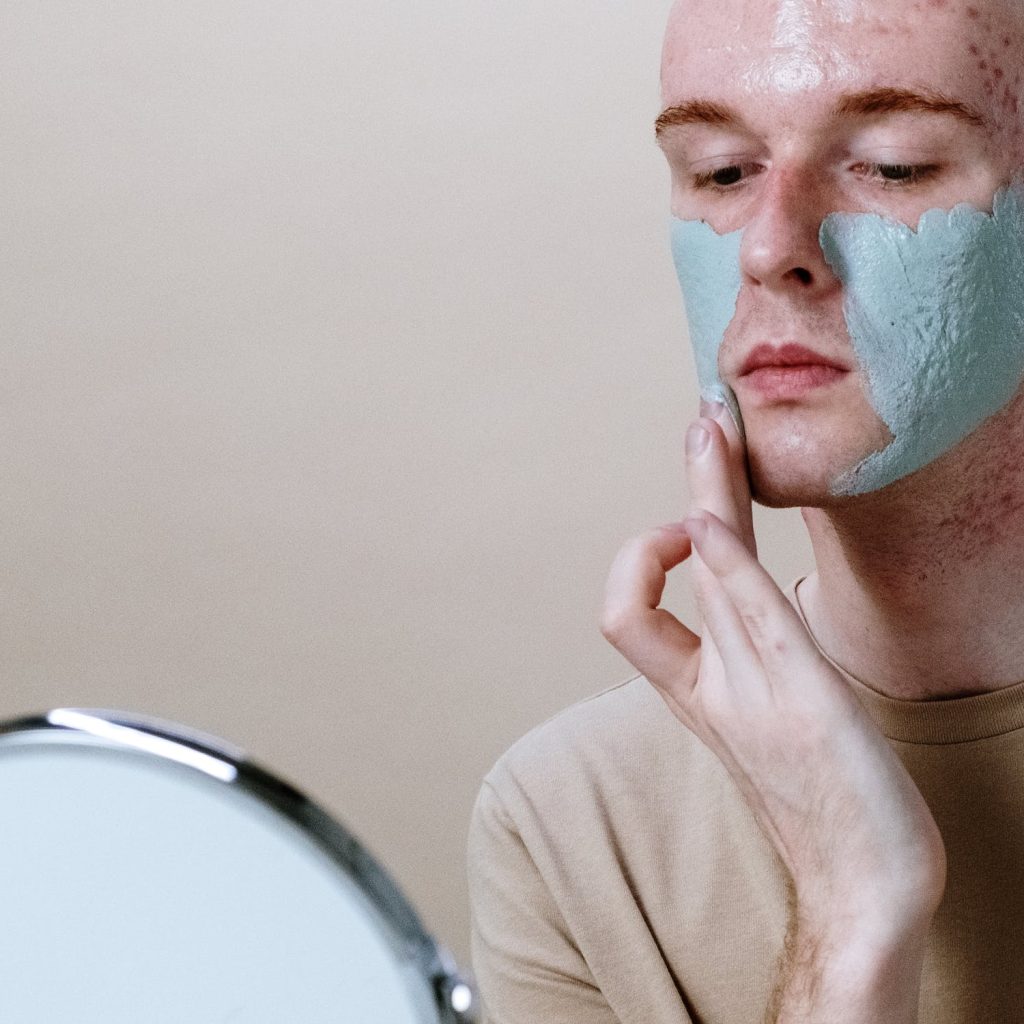
Psychological Effects of Adult Acne
Fighting adult acne can be exhausting. One would think that having dealt with the acne throughout adolescence, managing it into adulthood becomes second nature with a routine that’s proven to work. But acne management isn’t always that simple.
Experiencing acne in adulthood can impact your confidence. It can even lead to depression in some cases, according to the CDA.
I was just about to start a new semester at university when I got acne. I felt embarrassed to go to class.
It made me worried that my new peers would think I was unclean or didn’t know (or worse, didn’t care) about how to take care of myself.
A survey conducted by the ARSC found that “more than 40% [of respondents] reported acne impacted their ability to concentrate on work or school” and “about half had symptoms of mild to moderate depression and anxiety.”
What Causes Adult Acne?
There are a few factors to consider when finding the cause of your acne.
I had been surprised in high school that I never got breakouts. My older sister had severe acne at that age, so I assumed I would, too. Family history and genetics are good indicators of how your acne might present, according to the CDA.
If acne is indeed genetic, one might think that a treatment that works for a sibling will work for your skin as well. Unfortunately, I didn’t find that to be the case.
Oil sebum produced by your sebaceous glands is the main cause for acne.
The CDA explains that acne is most commonly seen in teenagers due to the flooding of hormones rushing through the body during puberty. It often causes these sebaceous glands to go into overdrive.
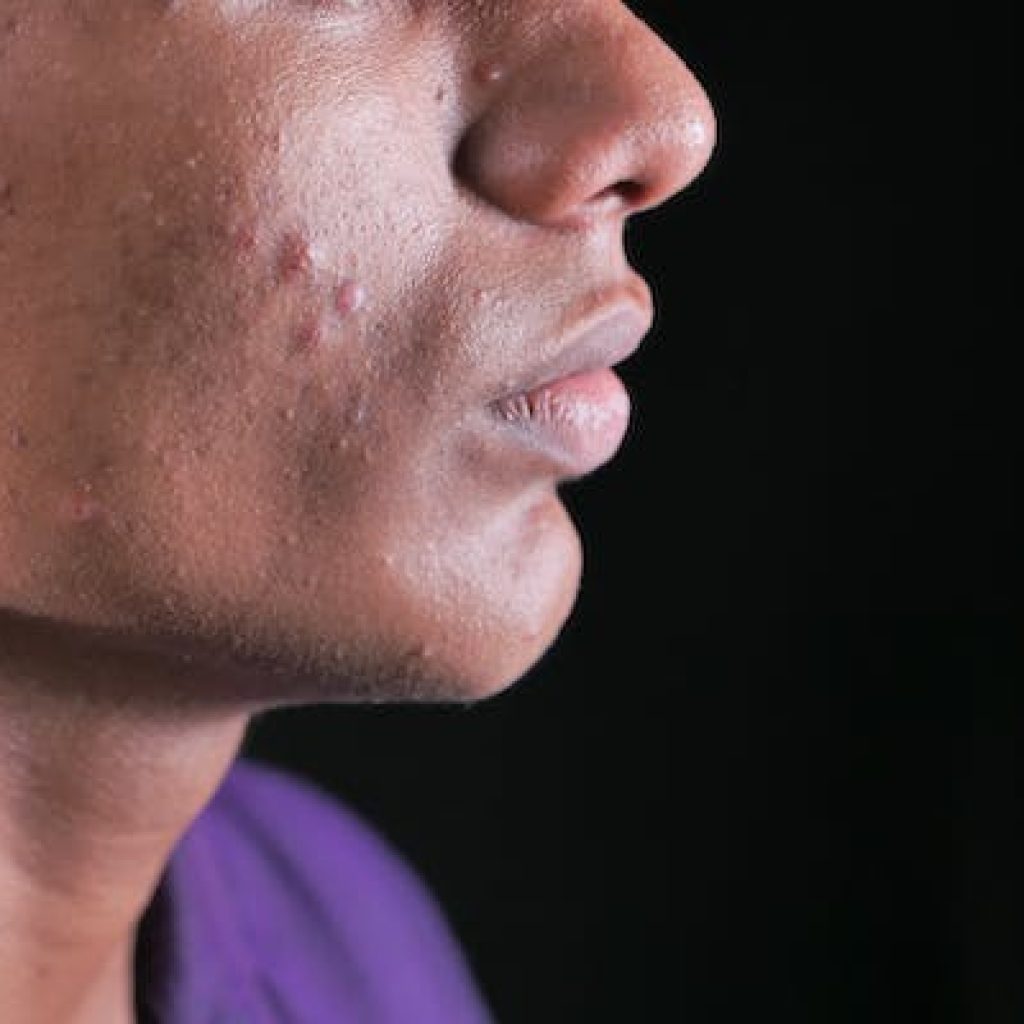
The excess oil blocks the pores, resulting in the retention of the bacteria living in the oil. This in turn results in the formation of the acne.
Adults often experience “cyclical acne” (cyclical patterns of acne’s appearance and disappearance) because of this link to hormonal activity, according to Canadian Skin.
Dr. Alexandra Kuritzky is a board-certified dermatologist with a medical and cosmetic practice in North Vancouver.
“All acne has a hormonal basis. Adult acne is sometimes termed “hormonal acne”, particularly in adult women. It tends to have a distribution in the lower face, along the jawline, and responds particularly well to hormonal medications such as spironolactone,” Dr. Kuritzky said.
Higher levels of testosterone can activate your sebaceous glands. People with a menstrual cycle are most likely to get acne during ovulation or the last six days of their cycle when testosterone levels are at their highest.
CDA lists more possible factors contributing to acne outbreaks such as sweating, over washing, picking your skin, and food.
Although no specific foods have been conclusively shown to cause acne, personal tolerances to different ingredients vary. For example, consuming dairy may cause one person to break out, but not another.
Over the Counter Treatment Options
“Acne treatments aim to: decrease sebum production, kill acne bacteria, help normalize skin shedding and reduce inflammation,” the CDA reports.
The CDA suggests that the most effective over the counter acne treatments will contain either salicylic acid or benzoyl peroxide rated at 5% or less.
Be prepared to keep up the routine for a couple of months. It generally takes 6-8 weeks to start seeing results from your acne treatment.
Personally speaking, I often experience a flare up of acne when adding or changing a product in my skincare routine.
Known as “skin purging”, this is a common reaction that may make you want to quit. But you may be missing out on a solution for your skin if you are too hasty in your decision.
Canadian Skin also recommends using “a water-based, unscented cleanser that is strong enough to remove cosmetics but gentle enough to wash away only excess skin oil.”
And for any acne targeting products, Canadian Skin says to apply acne treatment to the entire affected area and not as a spot treatment unless directed otherwise.
Prescription Treatment Options
Some of the most commonly prescribed acne treatments are retinoids and oral contraceptives.
You know that $50 retinol cream many women now apply religiously to reverse fine lines and wrinkles? Retinol is a less concentrated form of retinoids.
Increasing the cell turnover in the area, retinoids can prevent the development of clogged pores, according to Cleveland Clinic.
Since hormones play such a large factor in acne, hormonal agents such as the birth control pill are also frequently suggested treatment options.
My doctor offered me both of these remedies during my first dermatology visit. After outlining the benefits of each, I decided to try Biacna. It’s classified as a tretinoin, which is a powerful retinoid.
During my appointment my doctor instructed me that I would have to wait a minimum of four weeks before I could possibly start seeing progress. Even then, she said it would be hard to notice.
She said it would probably be closer to eight weeks before I could see a real difference. Because it works by preventing new acne and not ridding you of your current acne, it can be a lengthy process.
Five weeks in, I’m noticing fewer new blemishes and the ones that I am getting are smaller in size.
Other options include antibiotics or anti-inflammatory medications, such as corticosteroids, according to the CDA and Canadian Skin.
Canadian Skin also suggests laser and light therapies for acne treatment. Blue light and blue-red light work to kill the acne causing bacteria in sebum.
While the other options are often covered by personal health insurance plans, laser and light therapies may not be. Check with your insurance provider before starting so there are no surprises.
Body Acne
The plight of acne doesn’t always stop at the face. It’s possible to get pimples almost anywhere on your body.
Because of where the sebaceous glands are located, you’re most likely to get acne on your face, neck, chest, shoulders, and back.
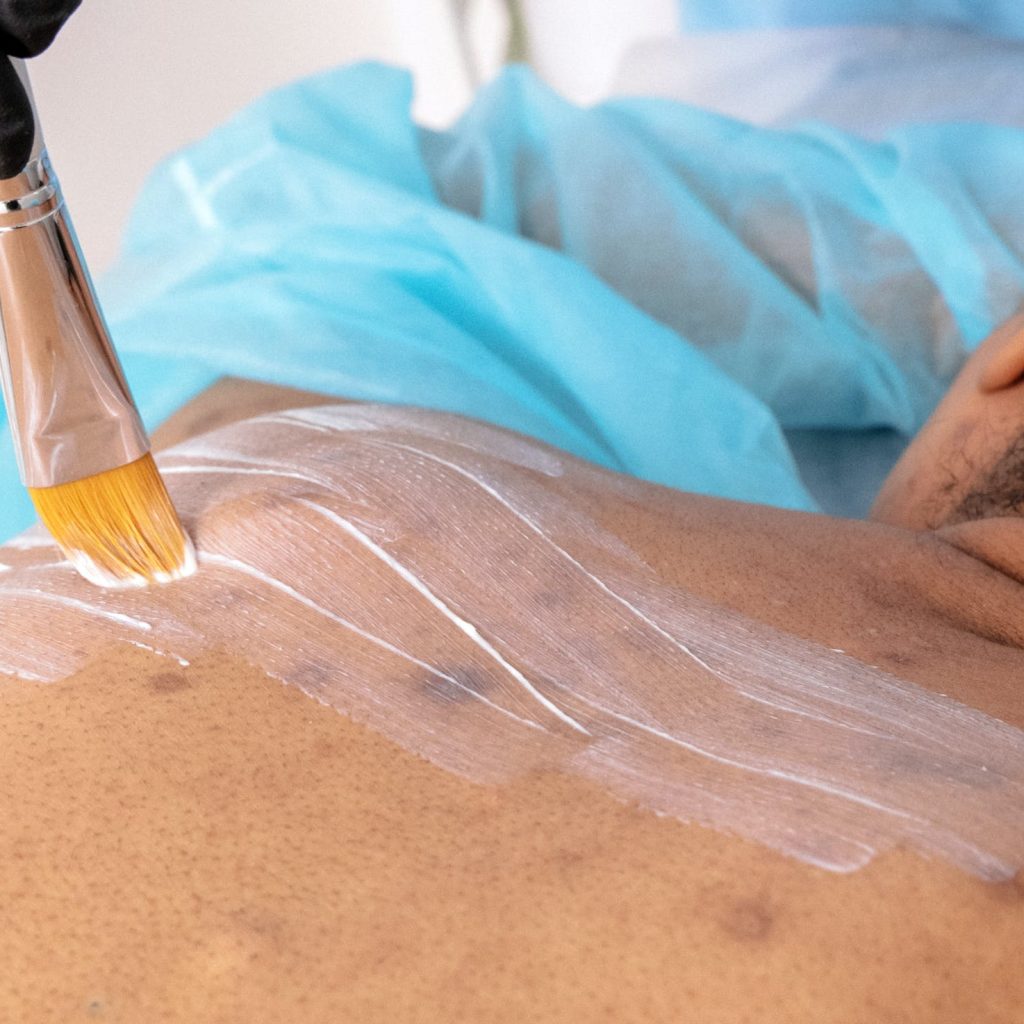
Spreading cream on your back can be a chore for those without help. Medicated body washes may be a better option for body acne than topical creams.
“Body acne is more stubborn than facial acne, can be more prone to scarring, and often requires oral medications such as oral antibiotics for their anti-inflammatory effect, or oral isotretinoin. A good place to start is a benzoyl peroxide wash in the shower, but beware: all benzoyl peroxide products will discolour fabrics like towels, sheets and clothing,” Dr. Kuritzky said.
Research Products Before Use
I was advised to stop using some of my other skincare products when I started my acne cream.
My doctor explained that using other acne targeting products could make my skin worse by over cleansing or excessively irritating my face.
While some products are fine, I still use my niacinamide serum in the mornings. Others can completely strip your skin to the point where even rinsing your face with water will make your face burn.
“The most common pitfall that I see is that patients are using too many products, and irritating their skin,” Kuritzky said.
“A cleanser with benzoyl peroxide is a good idea- but only one benzoyl peroxide product is needed, and it is best to start it only 3 times per week. It needs to be balanced with a non-comedogenic moisturizer,” she continued.
For those who don’t want to give up makeup, it’s important to know that not all products are acne friendly. Search for non-comedogenic concealer and foundation, which are less likely to clog your pores.
Many makeup brands make non-comedogenic products, so you can find one that matches your skin tone and your budget.
Wondering what sunscreen to use for acne prone skin? Check out our article on choosing the right product for your skin and lifestyle.
Acne can be embarrassing and tiring in adulthood, but finding a treatment plan doesn’t have to be.
Dr. Kuritzky’s advice is to seek help as soon as the problem arises.
“It requires long-term medical treatment,” she said. “It is a medical condition that is chronic, and does not tend to resolve on its own. But it can be treated and managed effectively with a treatment plan.”
The information provided on TheHealthInsider.ca is for educational purposes only and does not substitute for professional medical advice. TheHealthInsider.ca advises consulting a medical professional or healthcare provider when seeking medical advice, diagnoses, or treatment.

